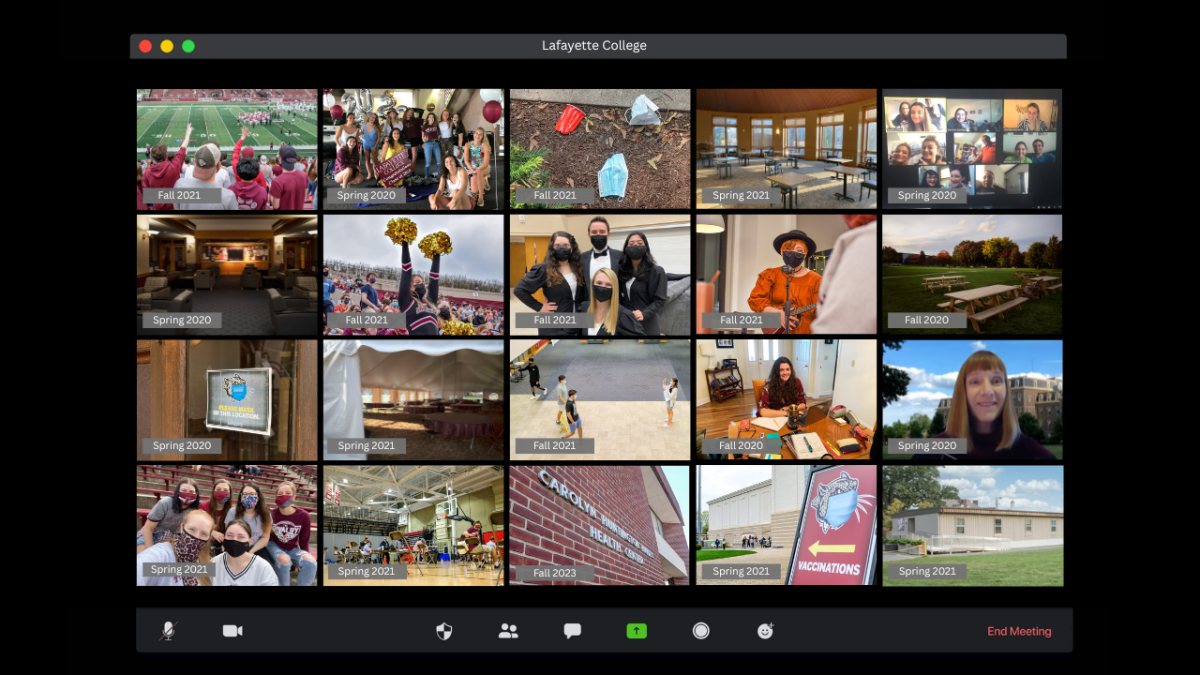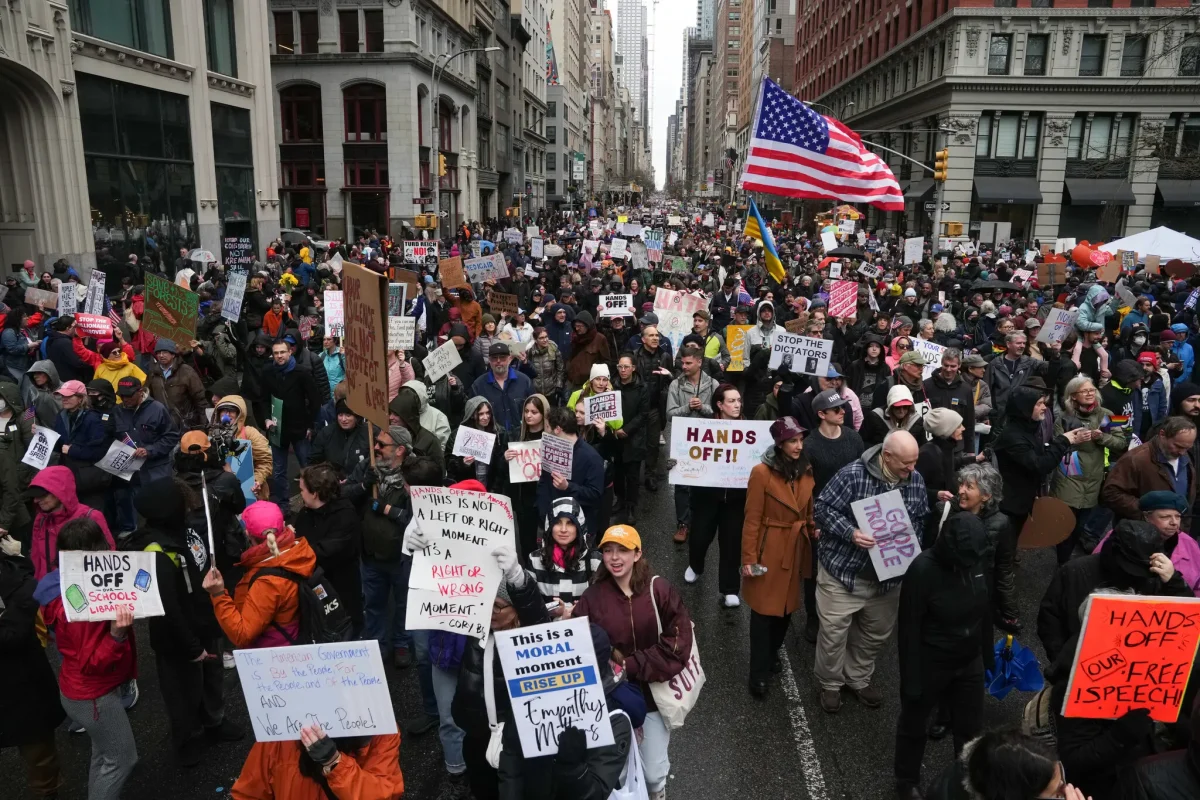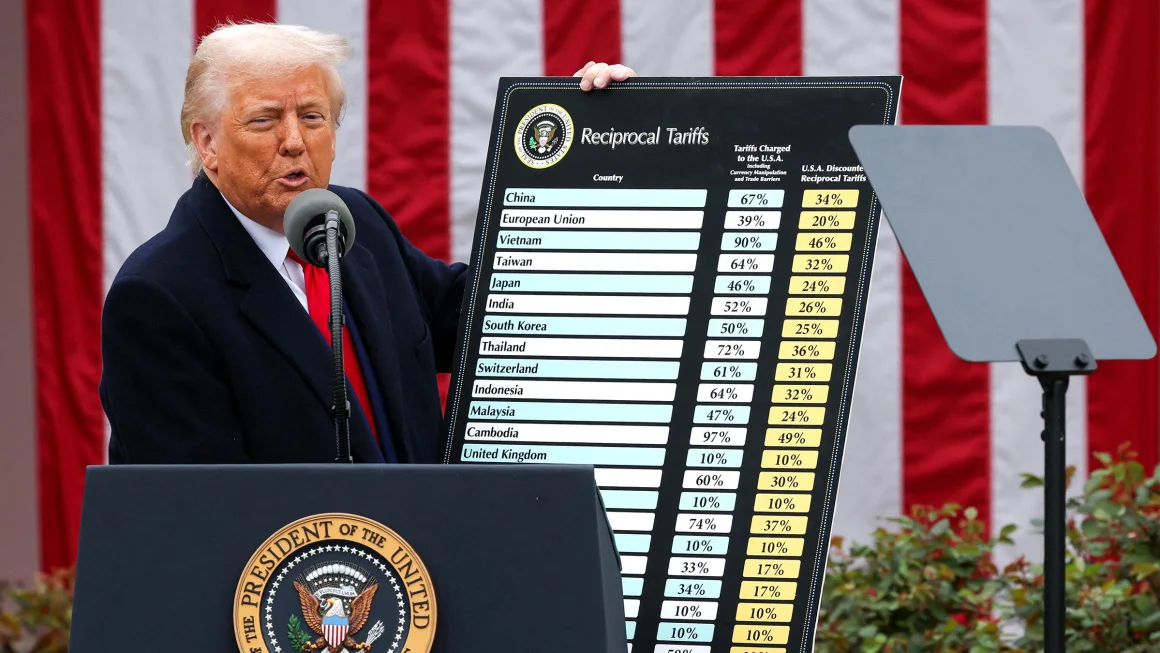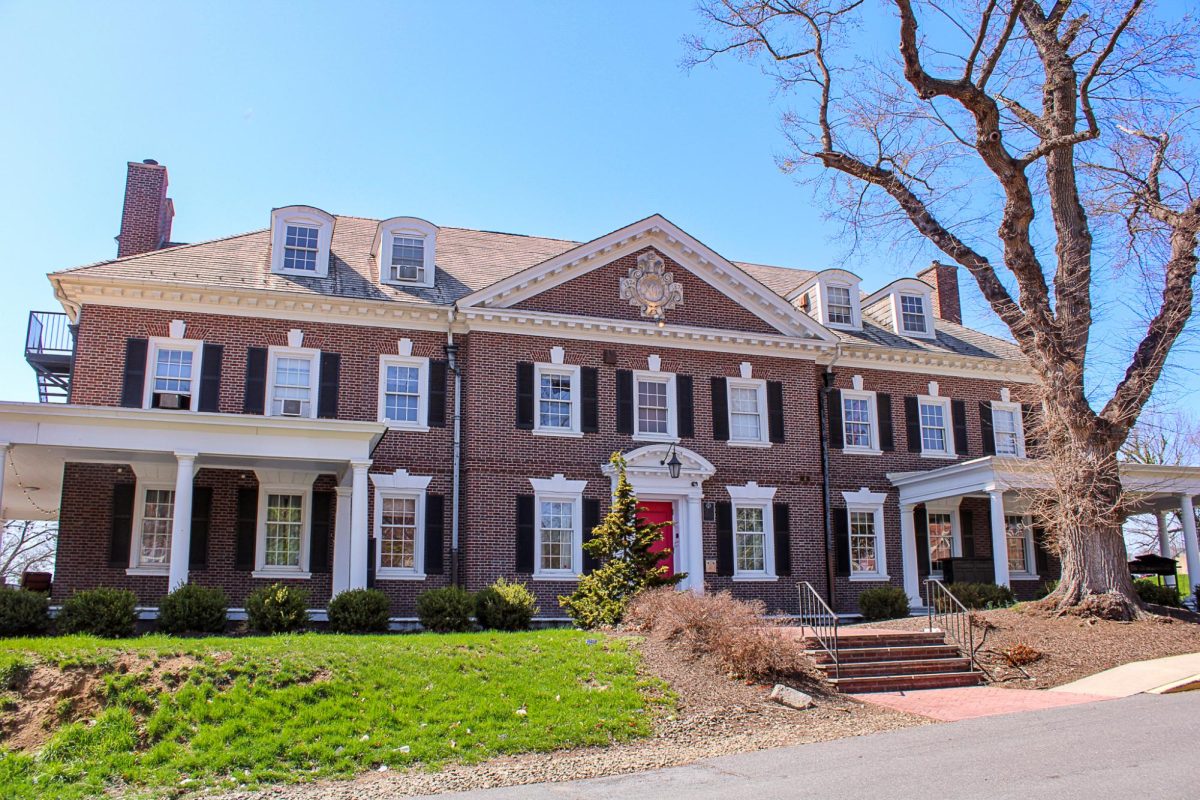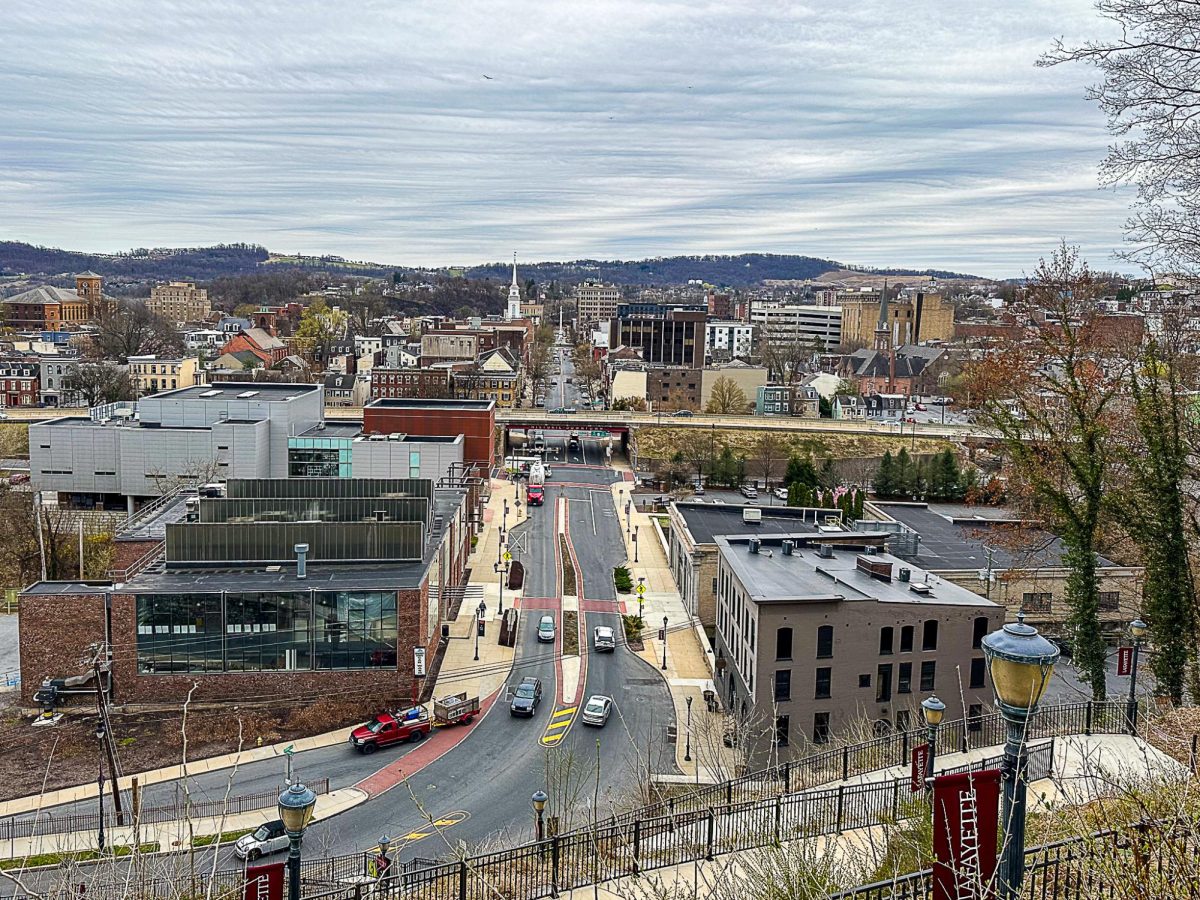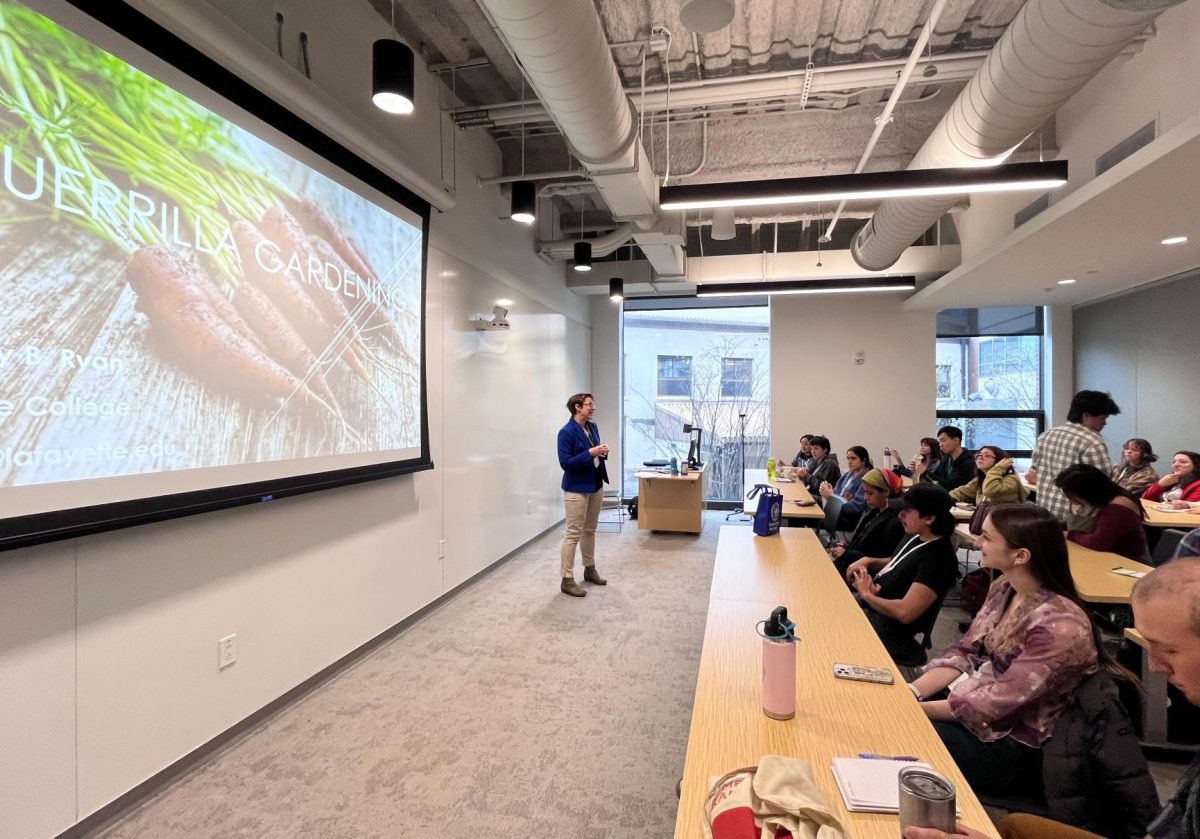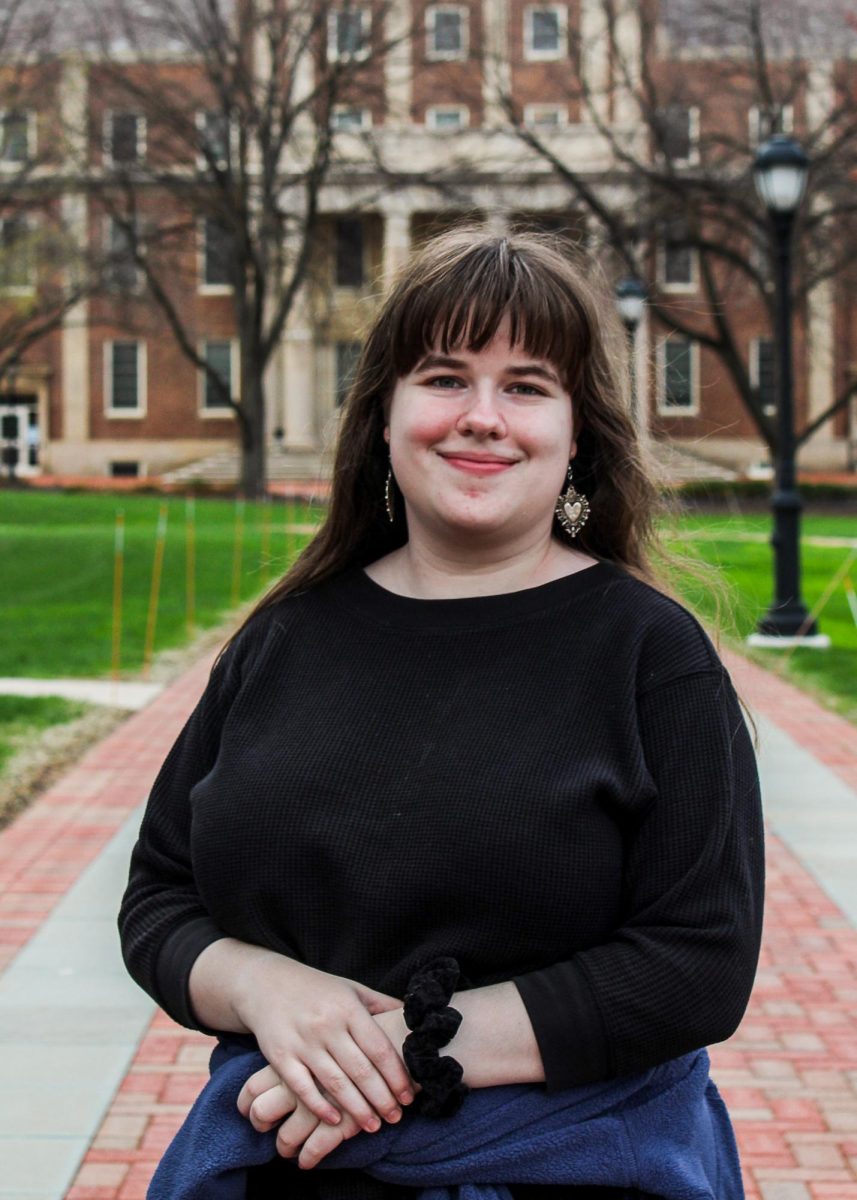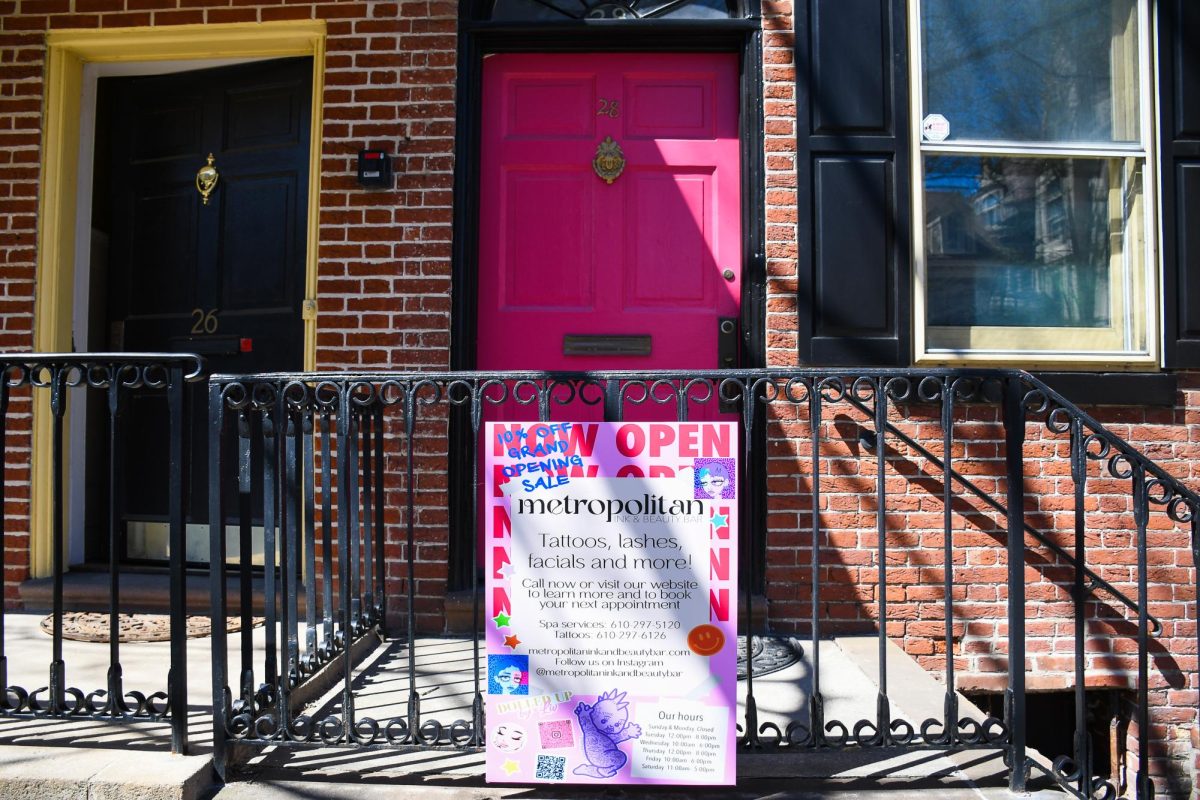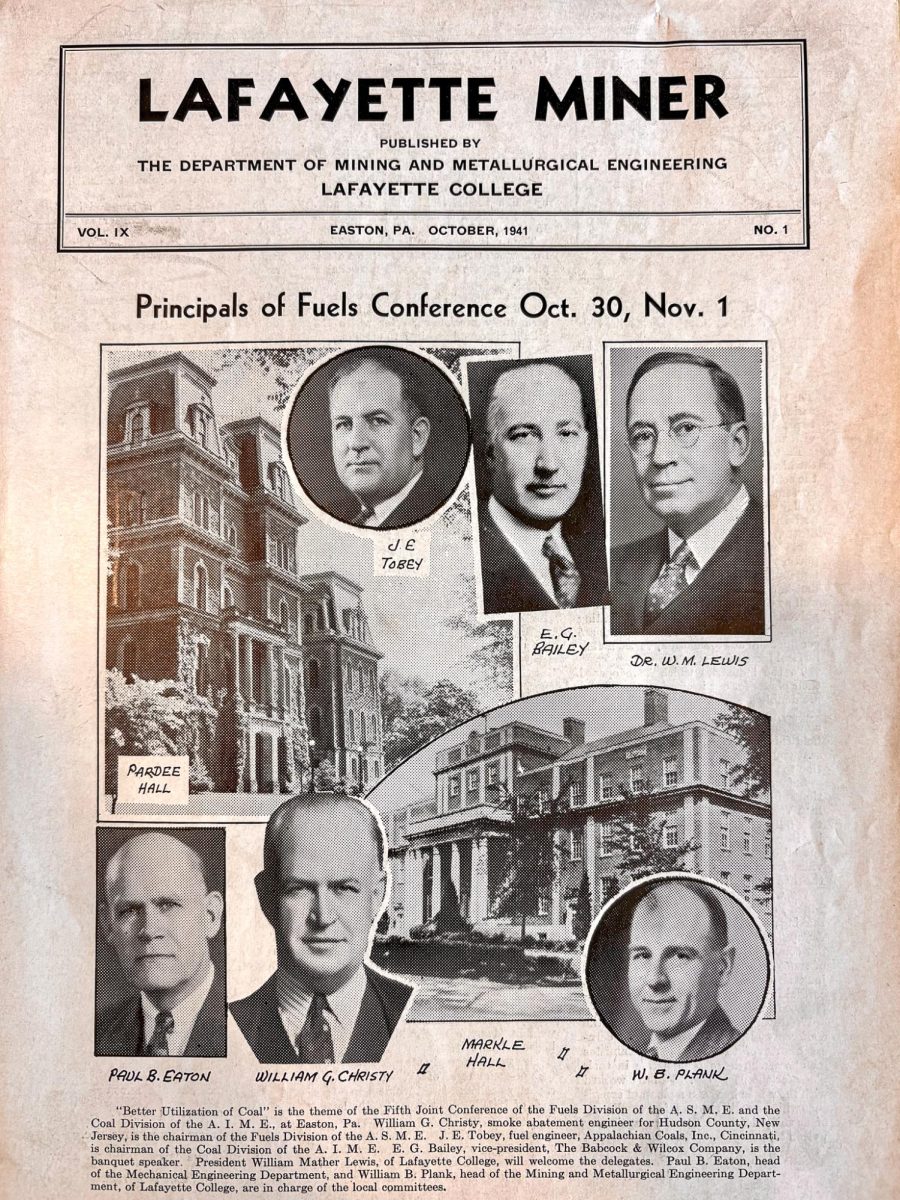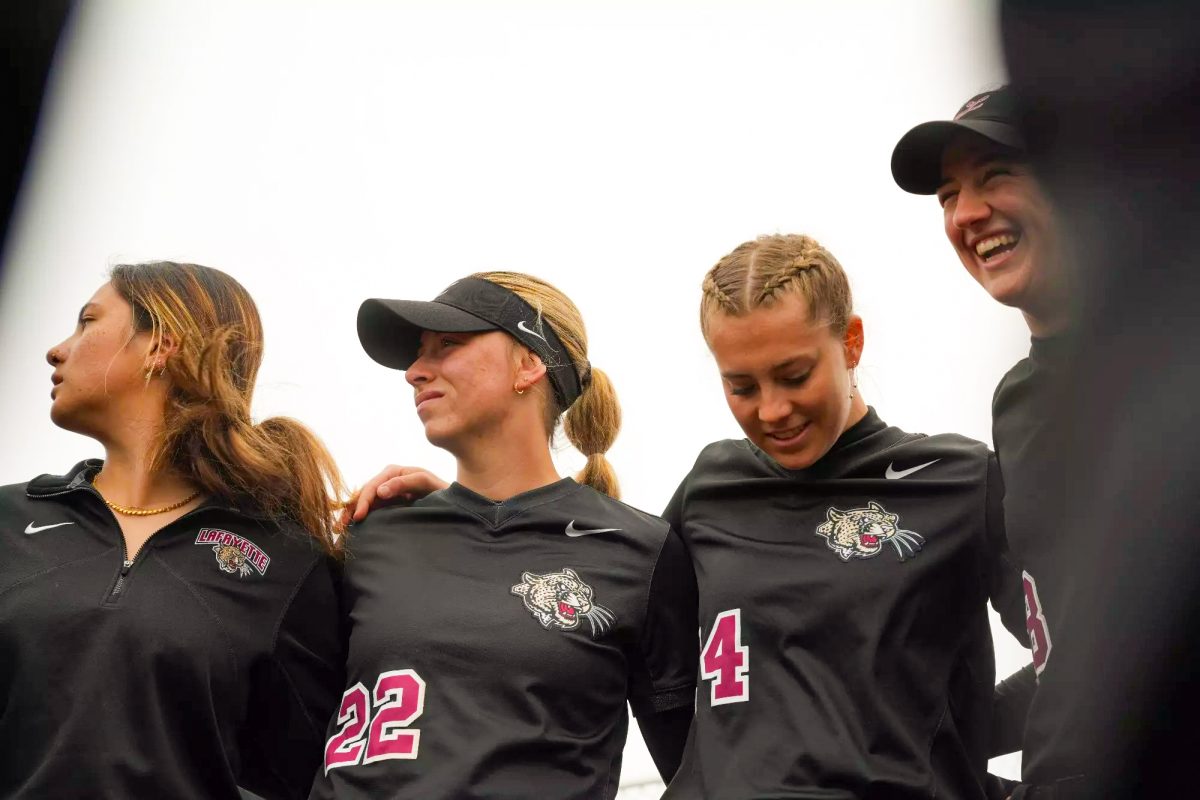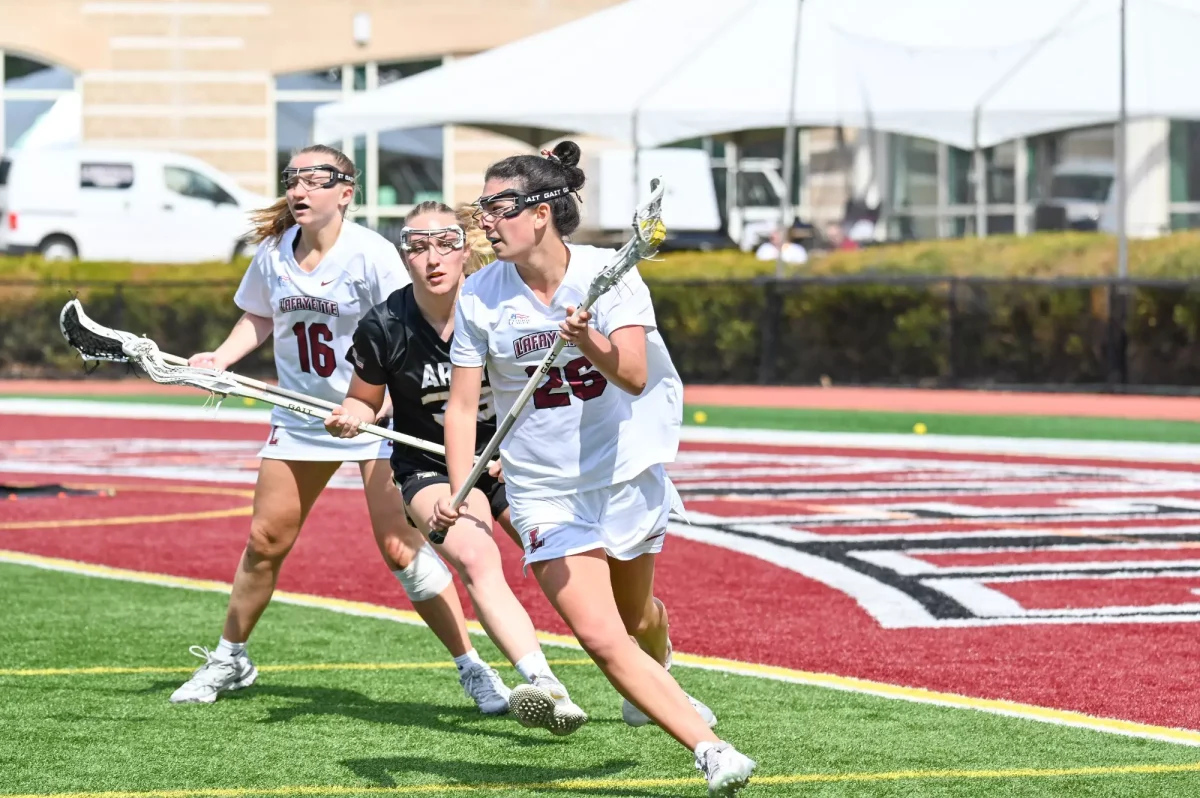A renowned artist interested in the intersection of performance, photography and race, Clifford Owens spoke about the complexities of his work and the motivations behind some of his pieces such as “Anthology” (2012), which was exhibited at the MoMA PS1.
“Photography is my love. Performance art is a melancholic mistress. Sometimes I bring them two together and we have a polyamorous affair,” Owens said to the audience in the dim room lit only by the bright projection screen in which he presented his pieces.
His many works have been exhibited at the Contemporary Arts Museum Houston, Hanes Art Center and The Studio Museum in Harlem. His works include “Perspectives 173: Clifford Owens” (2011), “Photographs with an Audience” (2009), “On Stellar Rays” (2008), “Four Scores by Benjamin Patterson” (2006) and “Obligatory Self-Portrait of a Crying Performance Artist” (2016).
In his art, Clifford Owens not only attempts to introduce racial diversity as a norm but also allows for participants to use his body in any way they so desire, such as choking him or swiping the floor with his body. Anyone is able to participate in the performance.
Instead of using the term “African-American,” Owens said he prefers to use “American-Black” because it is “very specific, it is distinct from, for example, Dominican-black,” he said. This distinction is critical for him, he added.
“Anthology” features performances scores—written or graphical instructions for action—that Owens solicited from a “multigenerational group of African-American artists. Twenty-six major artists have contributed scores, nearly all of whom composed new works specifically for Owens and his project,” according to the MoMA website. Those artists include Glenn Ligon and Senga Nengudi.
Owens spoke of motivations behind those particular pieces.
For “Anthology,” Owens encouraged a young black American man to run through the hallways of MoMA PS1 and traced his path with white tape. Owens said that this shows “you can only deal with blackness as an abstraction.”
The white line on the black floor was supposed to represent that “in the canon, black people don’t exist,” Owens exclaimed. He aims to portray race in his works in such a way that “there is something tapping you on the shoulder, that when you turn around and walk away, you have an urge, a calling to come back.”
Owens produces pieces that explore “the absence of presence and the presence of absence,” where one is intrigued and moved by the shots. Owens does not want to alter his work in any way but instead leave the course of the performance to the participants to manipulate.
“It is about how in performances I can make a discrete art image, it is about the photographs,” Owens said.
For his “Anthology (Senga Nengudi)” Owens swept colored sand into piles with a broom in the boiler room of MoMA P.S.1. He explained that the “colors signified actions or sounds and were based on the graphed color image by the Alfred Barr at the formation of modernism.”
Finally, for “Anthology (Glenn Ligon),” Owens re-performed David Hammons’s “Pissed Off” (1981) in the attic of MoMA P.S.1, for which Hammons urinated on a Richard Serra sculpture. However, Hammons did not want to be mentioned in his project.
Owens’ other works included traveling to the coastal region in Ecuador called Esmeraldas, settled by emancipated slaves.
He went to Ecuador to find a perfect representation of his unborn sons and took photographs of local boys and young women, naming the photographs utilizing details from the images. Owens also showed to the audience an intimate family portrait of his Ecuadorian wife, himself and their yet-to-born Afro-Ecuadorian son.
Owens continued his talk asking about the function of studio visit. He declared that he “was interested in the studio visit that was about engagement and not disengagement.” Thus, every visitor needed to contribute to the performance, the visitors became participants.
However, Owens explained that as a performance artist “my studio is in my body. I contain my practice.”
For Owens, it meant inviting people to a space that he was then working at and allowing visitors to manipulate his body in an unpredicted manner. For instance, moving Owens’ body with graphite pencils attached to it.
Owens shared that after each performance, he needs to take time out to recuperate his body and mind due to the unpredictable, and thus scary, nature of his craft. He closed his talk with images from San Antonio, where one of the photographs features Owens being choked by a participant. Owens strives to promote “the absence of presence” and to trigger emotional responses upon viewing his pieces.

